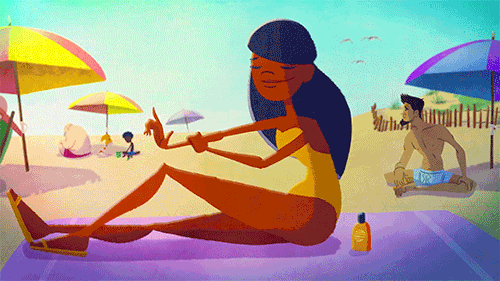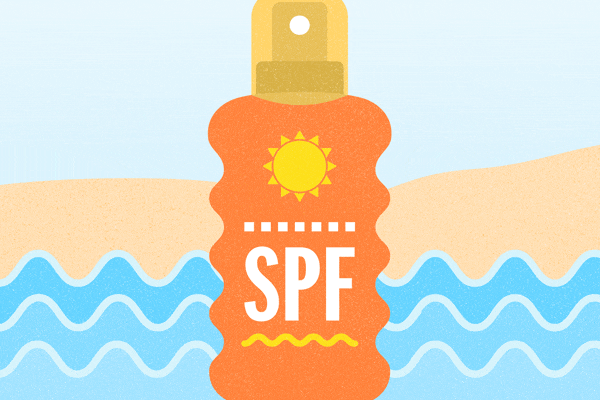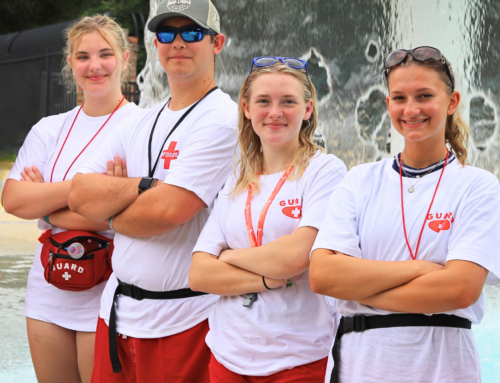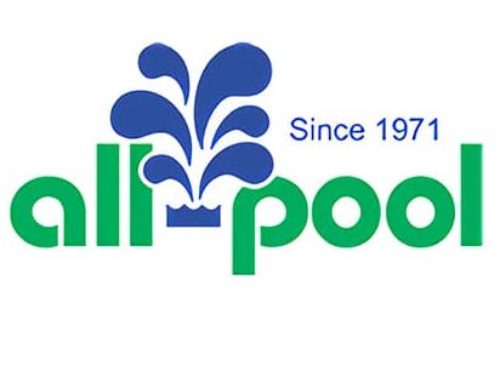No one likes to hear it, but when it comes to sun safety, there’s a good chance you’re doing it wrong.
According to the American Cancer Society (ACS), almost 5 million Americans are treated for skin cancer each year, making it the most common form of cancer by far. Your skin is the largest organ of the body and most subjected to the harsh ultraviolet rays of the sun. These rays are known to cause cancer, but most of the damage is preventable with proper sunscreen use.
Most people apply only 1/4 the needed amount of sunscreen. The ACS recommends at least one ounce (medicine cup) of sunscreen to be used to cover the arms, legs, neck and face of the average adult. Also, sunscreen can wear off, so be sure to reapply every two hours and after sweating or swimming. That means a family of four should use at least 8 oz. of sunscreen for a four-hour stay at the community pool.
Who needs sunscreen and when should you wear it?
Everybody, all the time!
Some common myths denying the need of sunscreen still prevail today, and they’re dangerously wrong, says the Skin Cancer Foundation. Even if it’s cold or cloudy outside, you still need to wear sunscreen. Up to 40 percent of the sun’s UV rays reach the earth on a completely cloudy day. Developing a “base tan” does not protect you from UV radiation or sunburning. Any tan is a sign of sun damage to your skin, and only provides up to protection equivalent to SPF 3 or less.
You can also help combat sun exposure by wearing clothes, a hat and wrap-around sunglasses. Darker sunglasses do not necessarily mean better UV protection. Instead, look for a pair that advertises UV absorption or that meets ANSI requirements. Keep in mind, however, a normal t-shirt has an SPF rating lower than 15.

If you have a sunburn, you should act immediately to minimize the damage. Since it is a real burn, you need to first lower your body temperature. Jump in a cold shower, apply an anti-inflammatory lotion with aloe vera, and consider taking an ibuprofen to reduce swelling and redness. Do not use bar soap, luffa brushes and acne medications with salicylic acid as they can further irritate your skin. A first-degree burn should only stick around for about a week, while second-degree burns (this means blistering) can take a few weeks. If you feel ill or faint, you may be experiencing heat exhaustion or heat stroke and should seek medical attention immediately.
While you’re out in the sun and soaking up all that summer has to offer, be sure to keep yourself and your family safe from the dangers of too much sun exposure!





